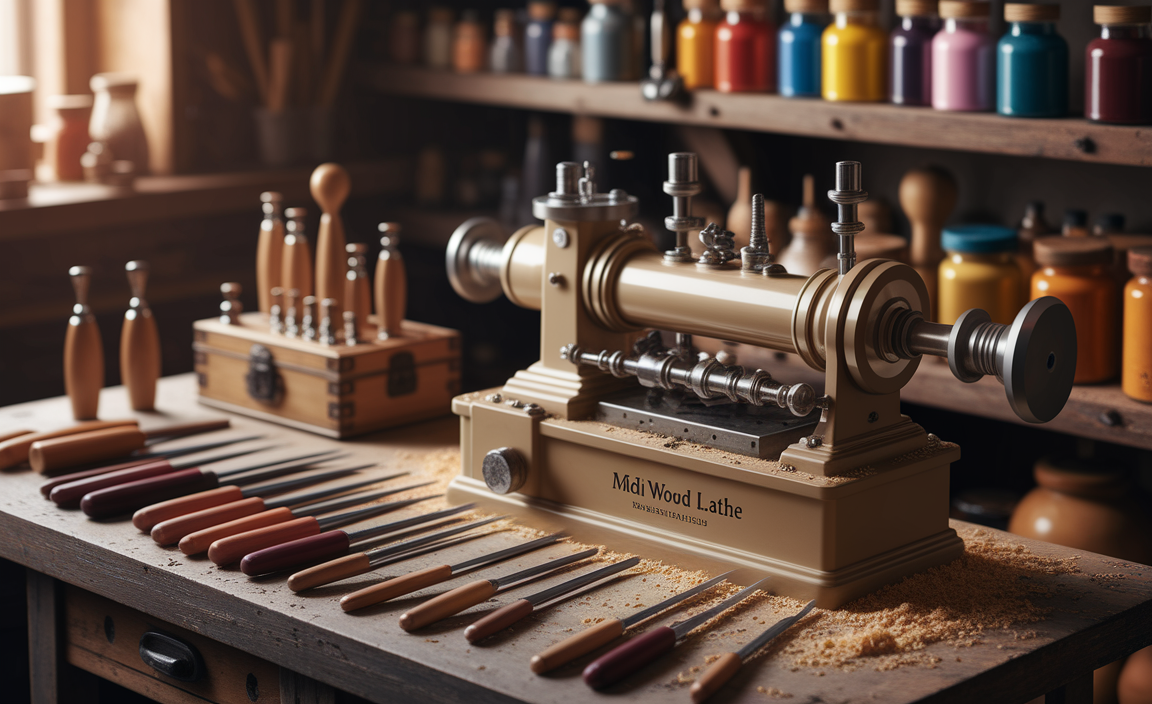For cutting aluminum with confidence, an 8mm shank carbide end mill is a fantastic choice. Look for geometry designed for aluminum, like a high rake angle and polished flutes, to prevent chip welding and ensure smooth cuts. An 8mm shank offers stability and rigidity, crucial for preventing chatter and achieving clean finishes on softer metals.
Hey makers and machinists! Daniel Bates here from Lathe Hub, ready to demystify another corner of your workshop. Today, we’re tackling a tool that’s a real workhorse for anyone cutting aluminum: the carbide end mill with an 8mm shank. If you’ve ever struggled with aluminum tearing, chipping, or your cuts looking rough, you’ve come to the right place. It can be frustrating when your material fights back! But don’t you worry, we’re going to walk through exactly what to look for and how to use these fantastic tools to get those smooth, precise aluminum parts you’re dreaming of. Get ready to turn those frustrating aluminum jobs into satisfying successes!
Why Choose an 8mm Shank Carbide End Mill for Aluminum?
Aluminum is a dream material for many makers, but it can also be a bit… sticky. It has a tendency to weld itself to the cutting edge of a tool, leading to poor surface finish, rapid tool wear, and that annoying chatter that makes your machine sound like it’s singing an off-key opera. That’s where the right carbide end mill, especially one with an 8mm shank, shines.
Carbide, or tungsten carbide, is a super-hard material, significantly harder than High-Speed Steel (HSS). This hardness means it can withstand higher cutting speeds and temperatures, which is key for efficient aluminum machining. Unlike softer steels, carbide stays sharp longer and is more resistant to wear, meaning fewer tool changes and more consistent results. And for aluminum specifically, the right carbide end mill geometry makes a world of difference.
The Magic of the 8mm Shank
Now, let’s talk about that 8mm shank. Why is it a sweet spot for aluminum? In machining, shank diameter is directly related to rigidity and the ability to resist deflection.
- Reduced Chatter: A larger shank diameter (like 8mm compared to, say, a 3mm or 4mm) means more material supporting the cutting edges. This increased rigidity significantly reduces the tendency for the tool to vibrate or “chatter” against the workpiece. Chatter is the enemy of a good surface finish, and an 8mm shank helps keep it at bay.
- Better Chip Evacuation: While not solely dependent on shank size, a more rigid tool can often be run at higher feed rates. This, combined with the right flute design, helps push chips away from the cutting zone more effectively, preventing material from melting back onto the tool.
- Deeper Cutting: For certain operations, especially pocketing or profiling where you need to reach further into a part, a stiffer tool can handle the increased side load without deflecting as much.
- Versatility: For many hobbyist and small shop CNC machines or even manual milling machines, an 8mm collet or tool holder is a common standard. This makes 8mm shank end mills readily available and easy to use without needing specialized holders.
When we talk about a “proven 8mm shank for aluminum,” we’re looking for an end mill that combines the inherent rigidity of the 8mm shank with geometric features optimized for aluminum. This often means specific flute counts, helix angles, and surface finishes.
Key Features of an Effective Carbide End Mill for Aluminum
Not all carbide end mills are created equal, especially when it comes to cutting aluminum. For the best results, you’ll want to look for specific design elements:






